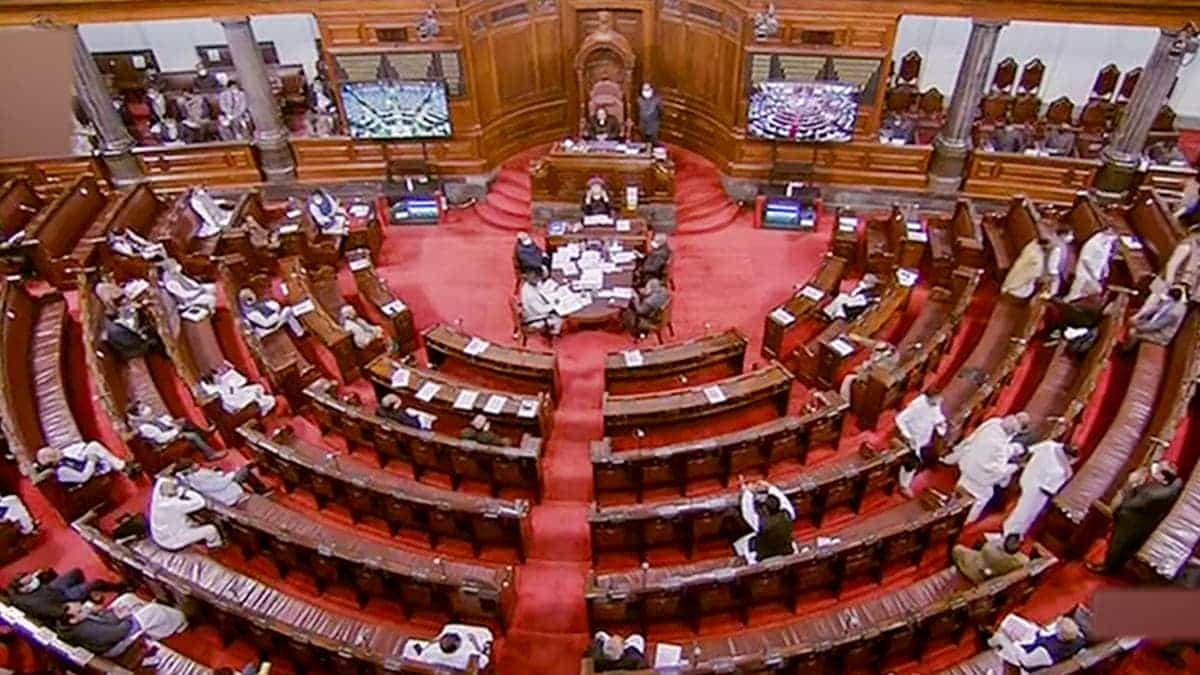| Posted on
Unlike Lok Sabha members directly elected by citizens, Rajya Sabha members are chosen through an indirect election process. State Legislative Assemblies and Electoral Colleges for Union Territories hold the key, ensuring representation of various states and territories within the Indian Parliament. Let's delve deeper into how this unique system works:
Seats and Allocation:
- Fixed Membership: The Rajya Sabha boasts a fixed number of 250 members, with 238 elected by states and territories and the remaining 12 nominated by the President.
- Representation by Population: Seats are allocated to each state and territory based on population, determined by a formula set by the Delimitation Commission.
Election Process:
- State Legislative Assemblies: Each state's Legislative Assembly elects members using the single transferable vote (STV) system, ensuring fair representation even for smaller parties.
- Union Territories: Lacking Legislative Assemblies, Union Territories have their representatives nominated by the President.
- Delhi and Puducherry: These Union Territories have dedicated Electoral Colleges comprising elected Legislative Assembly members for electing Rajya Sabha representatives.
Term and Vacancies:
- Six-year Term: Each member serves a six-year term. However, one-third retire every two years, guaranteeing continuity in the house's functioning.
- Filling Vacancies: By-elections or nominations fill vacancies arising from resignations, deaths, or disqualifications.
Overall Significance:
This intricate election process safeguards fair representation of states and territories, upholding India's federal structure. It fosters a balanced legislative framework at the national level, giving voice to diverse regions and their concerns within the Parliament.

Also Read:- How is prime minister elected in india?
0
0 Comment
